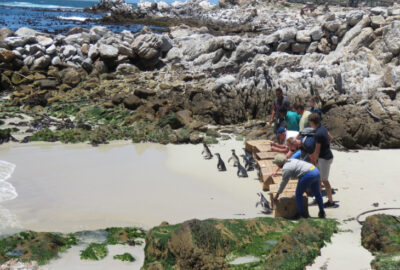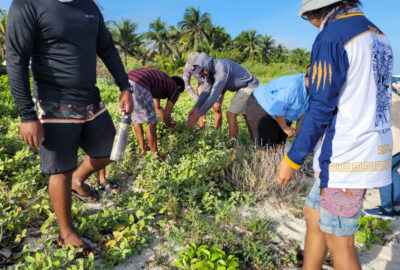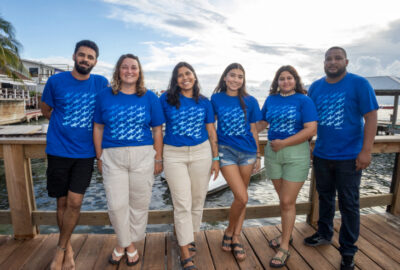Population Monitoring in Support of Community Sea Turtle Conservation on the Pacific Coast of Guatemala
By New England Aquarium on Wednesday, November 15, 2023

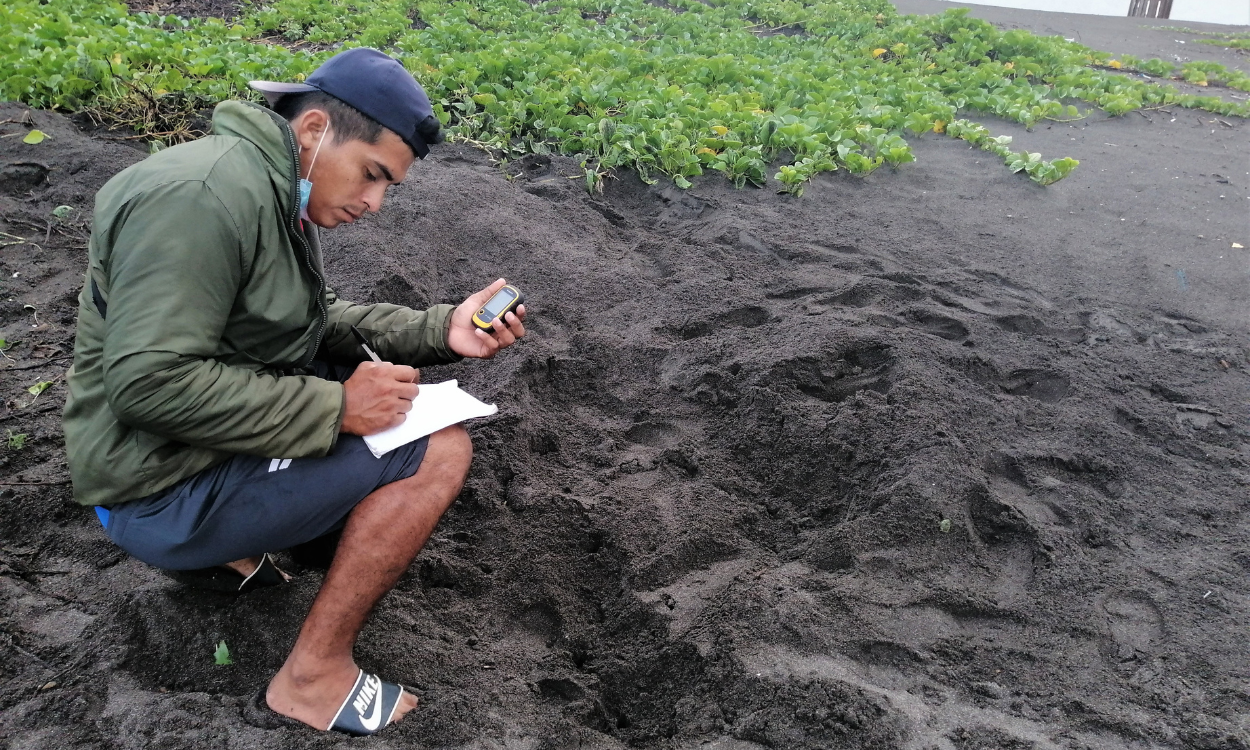
By Colum Moccio
In Guatemala, the Wildlife Rescue and Conservation Association’s (known as ARCAS, its Spanish acronym) sea turtle population monitoring program on the country’s pacific coast doesn’t just help conserve sea turtles, but it also helps local communities in their sustainable development. It relies on the hard work and expertise of local citizen scientists—such as Dany Cante—who are residents of the different coastal communities that participate in the program.
Dany is a resident of the village of Hawaii, our oldest index beach, where we have been collecting sea turtle nesting crawl data since 2003. Dany is a 28-year-old mason, working in the construction of beach homes and hotels. Before joining ARCAS, he would supplement his construction salary by walking the beaches of Hawaii at night looking for nesting sea turtles and collecting their eggs. (The collection and sale of olive ridley sea turtle eggs is permitted in Guatemala as long as a 20 percent conservation quota is given to a community hatchery. Only the collection of olive ridley nests is permitted; all other species are off limits.) The extra income from selling sea turtle nests helped Dany make ends meet as he struggled to raise his small family. Under ARCAS’s sea turtle population monitoring program, supported by the Aquarium’s Marine Conservation Action Fund, Dany was hired because of his knowledge of sea turtle behavior and his expressed desire to help us save them. Now, instead of going out each night and collecting nests to sell, he gets a steady income from conducting daily dawn patrols, taking GPS points of each nesting crawl count or stranded marine animal he encounters.
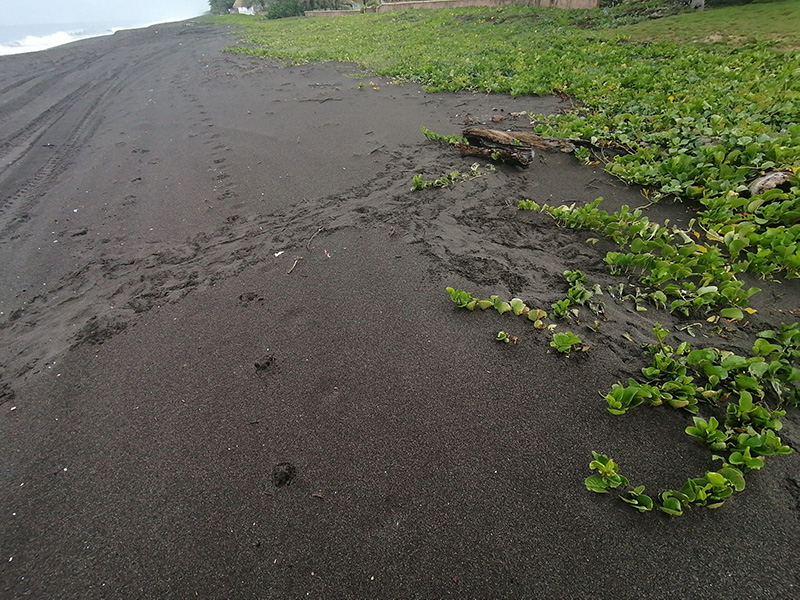
Counting sea turtle crawls isn’t always easy. One must know the behavior of sea turtles. Sometimes they climb the beach, meander for a while in the dunes, and then, for some reason, never nest and return to the sea. Other times, mischievous local children make false tracks and even fake sand turtles just to throw off enforcement officials or park rangers. Only a local sea turtle egg collector knows how to interpret the crawls to determine if they are in fact nesting crawls or just deep fakes. With his knowledge of sea turtles, Dany makes sure we collect the most accurate data possible. At the same time, he’s proud of the new skills he’s learning and the contribution he’s making to saving sea turtles.
Dany and the other egg collectors of Hawaii have a special love for the olive ridley sea turtles that come to nest on their beaches. They take the eggs of the nests but never cause any harm to the nesting female. In fact, they have occasionally arrested outsiders who, unfamiliar with the rules of the game, come to the area and kill an adult.
At ARCAS, we are glad to be able to help Dany support his family and contribute to the community of Hawaii, especially during these tough economic times. We are also, of course, proud of the contribution we are making to save the sea turtles of Hawaii.

